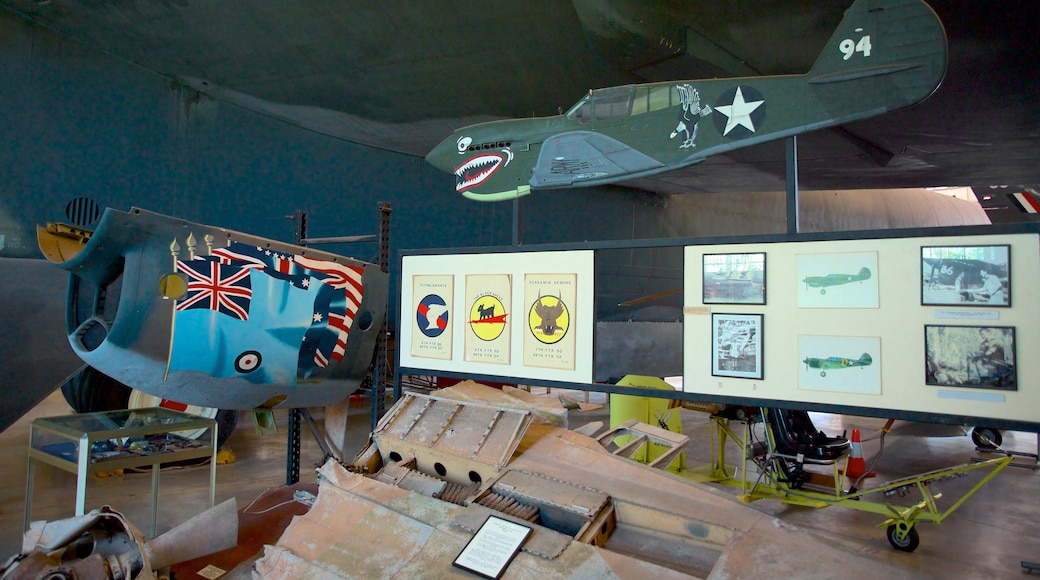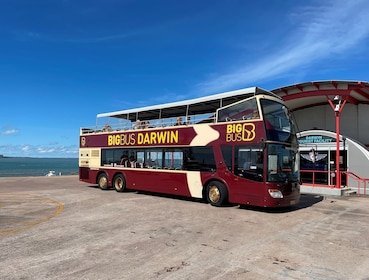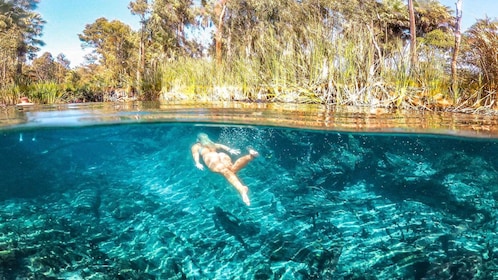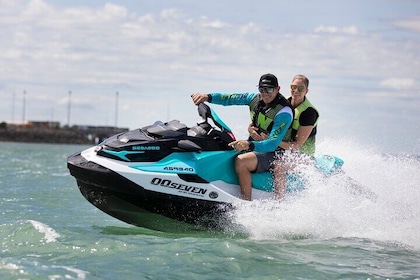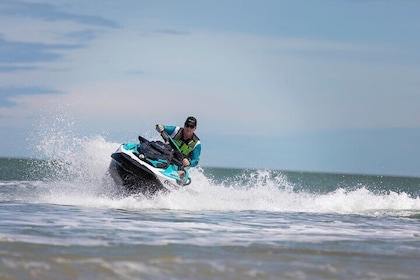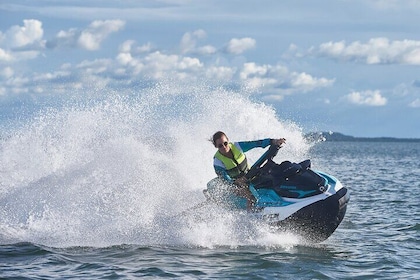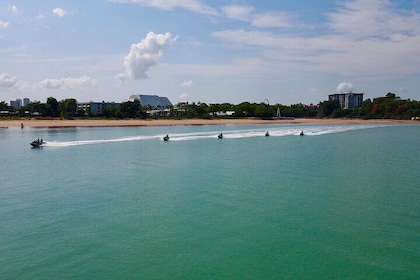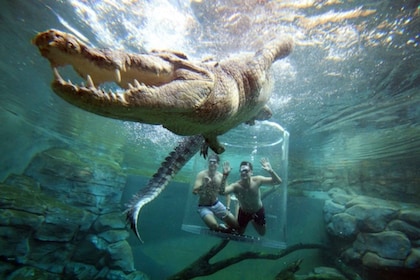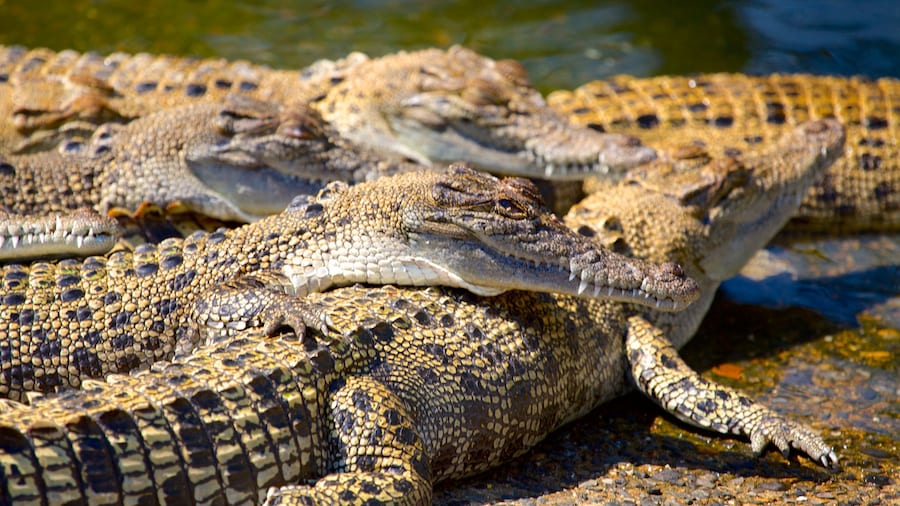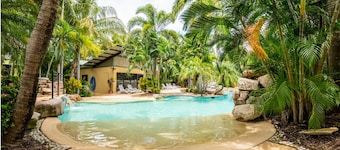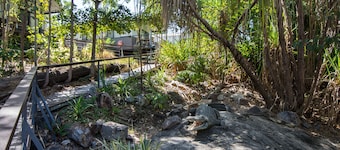Darwin is the surprising point of arrival for a number of heroic flying exploits – and some pretty destructive ones too.
For many living around Darwin, in the Northern Territories vast outback, planes aren't a novelty. They're often the only way of getting from A to B (or Angurugu to Borroloola), in less than a few days. So it's no surprise that Darwin likes to celebrate its aviation. Or that there's a centre devoted to aviation here. What's more surprising is that Darwin played a big role in the early days of flight, when men (and women) in their flying machines pushed the limits of aviation. Come to the Australian Aviation Heritage Centre, and you'll learn all about Darwin's starring role in those pioneering days.Back then, what grabbed the headlines (and won prizes) were dramatic flights across continents. And Darwin, being about as close as Australia gets to the islands and peninsulas of South-East Asia, was the stopping off point for a long line of aviation heroes and heroines. It started with Captain Ross Smith, who, in 1919, landed his Vickers Vimy at Darwin. That was after a 14,500 kilometre flight from London. He was the first to do so, earning a place in the history books (and £10,000).He was followed by Amy Johnson, local Charles Kingsford Smith and Amelia Earhart, among others, who were drawn by the romance of flying to the antipodes, and who touched wheels down in Darwin. It became known as the Northern Gateway. Sadly, none of those ancient machines are here now, but the Centre has an exhibition dedicated to their exploits.Darwin's aerial visitors weren't always welcome, however. The Second World War saw much of the city destroyed in air raids by the Japanese. It became an airbase for the Allies, and the museum preserves a replica of an RAAF Kittyhawk Spitfire that defended Darwin – and a wrecked Japanese Mitsubishi Zero fighter shot down in an air raid.The Australian Aviation Heritage Centre also has one of only two B-52 bombers outside the US, and a Huey Cobra helicopter that served in Vietnam. Closer to home is the story of the Northern Territories flying doctors, who started operating in 1928. They still work the skies south of Darwin, saving lives, and performing their own acts of heroic aviation every day.
